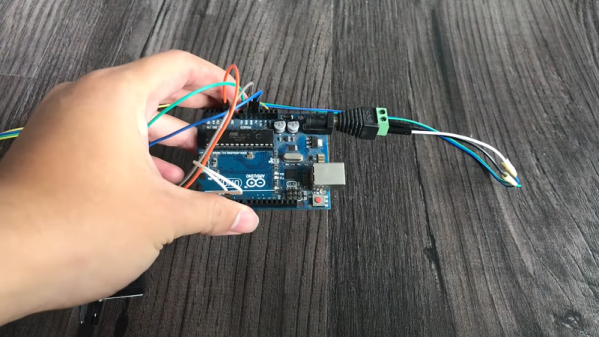Join us on Wednesday, May 27 at noon Pacific for the 2020 Hackaday Prize Hack Chat with Majenta Strongheart!
It hardly seems possible, but the Hackaday Prize, the world’s greatest hardware design contest, is once more at hand. But the world of 2020 is vastly different than it was last year, and the challenges we all suddenly face have become both more numerous and more acute as a result. We’ve seen hackers rise to the challenges presented by the events of the last few months in unexpected ways, coming up with imaginative solutions and pressing the limits of what’s possible. What this community can do when it is faced with a real challenge is inspiring.
Now it’s time to take that momentum and apply it to some of the other problems the world is facing. For the 2020 Hackaday Prize, we’re asking you to throw your creativity at challenges in conservation, disaster response, assistive technology, and renewable resources. We’ve teamed up with leading non-profits in those areas, each of which has specific challenges they need you to address.
With $200,000 in prize money at stake, we’re sure you’re going to want to step up to the challenge. To help get you started, Majenta Strongheart, Head of Design and Partnerships at Supplyframe, will drop by the Hack Chat with all the details on the 2020 Hackaday Prize. Come prepared to pick her brain on what needs doing and how best to tackle the problems that the Prize is trying to address. And find out about all the extras, like the “Dream Team” microgrants, the wild card prize, and the community picks.
 Our Hack Chats are live community events in the Hackaday.io Hack Chat group messaging. This week we’ll be sitting down on Wednesday, May 27 at 12:00 PM Pacific time. If time zones have got you down, we have a handy time zone converter.
Our Hack Chats are live community events in the Hackaday.io Hack Chat group messaging. This week we’ll be sitting down on Wednesday, May 27 at 12:00 PM Pacific time. If time zones have got you down, we have a handy time zone converter.
Click that speech bubble to the right, and you’ll be taken directly to the Hack Chat group on Hackaday.io. You don’t have to wait until Wednesday; join whenever you want and you can see what the community is talking about.





















